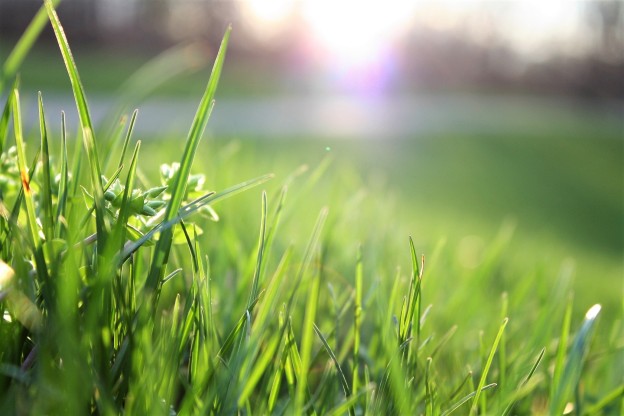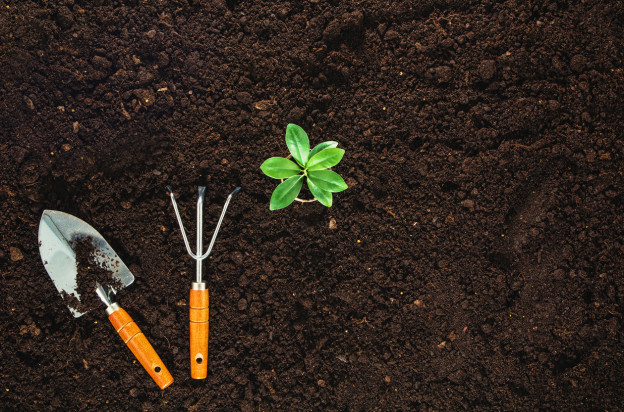Urban gardening is awesome.
It allows you to grow delicious and nutritious fresh vegetables and herbs in the smallest of spaces, and you’ll have so much fun whilst you do it.
Whether you’re looking in bring a splash of greenery to your balcony or window box, or you have a tiny yard that you want to make productive, you’ll love how easy it is to grow your own with urban gardening.
You’ll also save money on groceries, reduce your carbon footprint and do your bit for sustainability. What’s not to love?
Here are our top tips for getting the best out of your urban gardening project.
1. Find the sun!
Before you start creating your urban garden, first think about how many hours of direct sunlight your growing space gets each day. Your plants need the right conditions to be as healthy and productive as possible.
Based on this information, you can then choose the right plants to grow in your space. (Check the back of your seed packets if you’re unsure.)
2. Use containers or raised beds
Containers and raised beds are great options for beginner gardeners, especially if you’re working with small spaces like balconies, city gardens, and small backyards.
You’ll have more control over your soil, you’ll better protect your baby plants from the elements and you’ll be able to keep producing vegetables late into the season.
Containers also make it much easier to keep those pesky weeds in check and make access to the garden much easier. Double win!
3. Compost!
As a gardener, compost is your best friend – whether you chose to make your own or buy in store, it offers many benefits to your crop and the environment. Compost helps reduce your carbon footprint, help nourish the soil and ultimately, create tastier, healthier veggies.
Just collect your fresh food waste and garden waste, pop them into a composting bin, and within a few months, you’ll have a ton of ‘black gold’ you can use to grow your crop.
4. Start with the easiest crops
When you’re just getting started with urban gardening, it’s best to opt for vegetables and herbs which grow well in your local area. That way you won’t get overwhelmed with complicated growing techniques, but instead feel extra-motivated when you start munching on fresh produce you’ve grown in your very own urban garden.
Tomatoes, herbs, peppers, cabbage and lettuce are usually the best plants for beginners.
5. Water them! But not too much…
Remember that you’ll need to water your crop regularly for them to be healthy.
But don’t be tempted to overdo it. If you leave them drowning in water all day, they could fall victim to root rot and die before they produce anything. Instead soak the container with plenty of water, then allow the rest to drain through.
[If you have trouble remembering to water your urban garden, let technology help. Set a reminder on your phone and you’ll never forget again!]
6. Grow vertically
If you’re only got a teeny tiny yard or balcony where you can start your urban gardening project then consider vertical gardening.
Use netting and frames for vegetables like cucumbers, beans and tomatoes. Grow carrots or potatoes in deeper containers with holes in the sides. Or create clever shelf or stacking systems for lettuce and herbs so you can make the most of the space you have.
Don’t let lack of gardening space deter you from starting your urban garden! You can still grow plenty of fresh produce if you’re clever about how you do it. The small effort is absolutely worth it.
So whether you have a balcony, city garden or small backyard, get growing!




